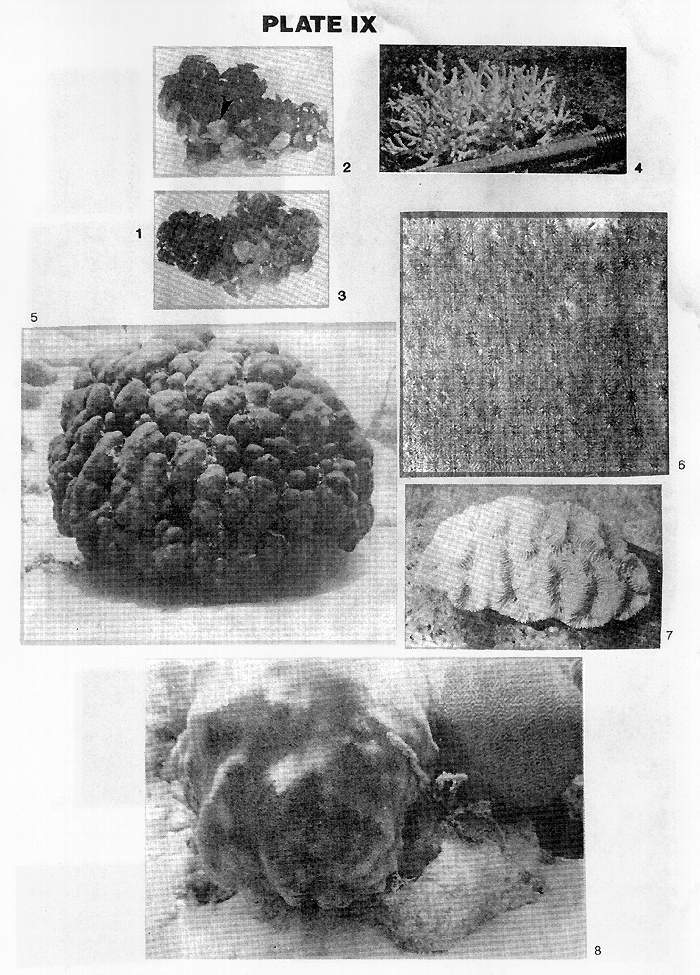

Fig. 1 Seaweed, Sargassum species. A single branch illustrating the leaflike structures and air bladders growing from a central stem.
Fig. 2 Seaweed, Turbinaria species. Note the pyramidal, trumpet shaped reproductive bodies at the ends of the stems (arrow). Very common in the rough areas of the reef, brown in colour and washes up extensively on the beach.
Fig. 3 Seaweed, Turbinaria species.
Fig. 4 Goniolithon species. Note the extensive system of branches. This specimen is dead and only the white skeleton remains, but is red when alive. Very noticeable as components of the sand.
Fig. 5 A large star coral head (Montastraea) at Mexico Rocks. Note the cauliflower like appearance of the surface. Divers and snorklers will readily notice this massive round, brown coral. It is the major active coral of the Belize Barrier Reef and grows from shallow water to the deep drop off. In the shallower water they are more round and in the deeper water they tend to become flatter. It is everywhere in the deep canyons (grooves) and ridges (spurs) off the front of the reef. The environment of Mexico Rocks is a typical example of large viable Montastraea patches opposite the reef breaks. One should observe in some of these shallower patches the concave, hollow, upper surface of the large coral heads. These areas of the coral head are dead and silted in, probably due to the shallow water covering them which allows more sunlight and thus more colonization by algae. These dead coral area are colonized by sponges, algae, colonial anemones, urchins etc.
Fig. 6 Close up of a star coral showing the individual living chambers of the coral animal and the rays that give this coral its name. This is a good example of the individual polyps which form the large skeletal mass. These polyps secrete copious quantities of mucus that are very evident upon death. Brilliantly Feather Duster worms often invade the chamber area and encrust part of the coral.
Fig. 7 Chenille coral (Manicina), up to 4" long. These colonies are found primarily in the Thalassia sand flats. They are weakly attached to the substrate, and are often seen washed up on the beach. (Chenille is a tufted cloth used a lot for bedspreads)
Fig. 8 Two separate coral colonies, one a star coral on left and a brain coral (Diploria) on the right. These are typical of the massive, boulder like types of coral, unlike the more delicate varieties.